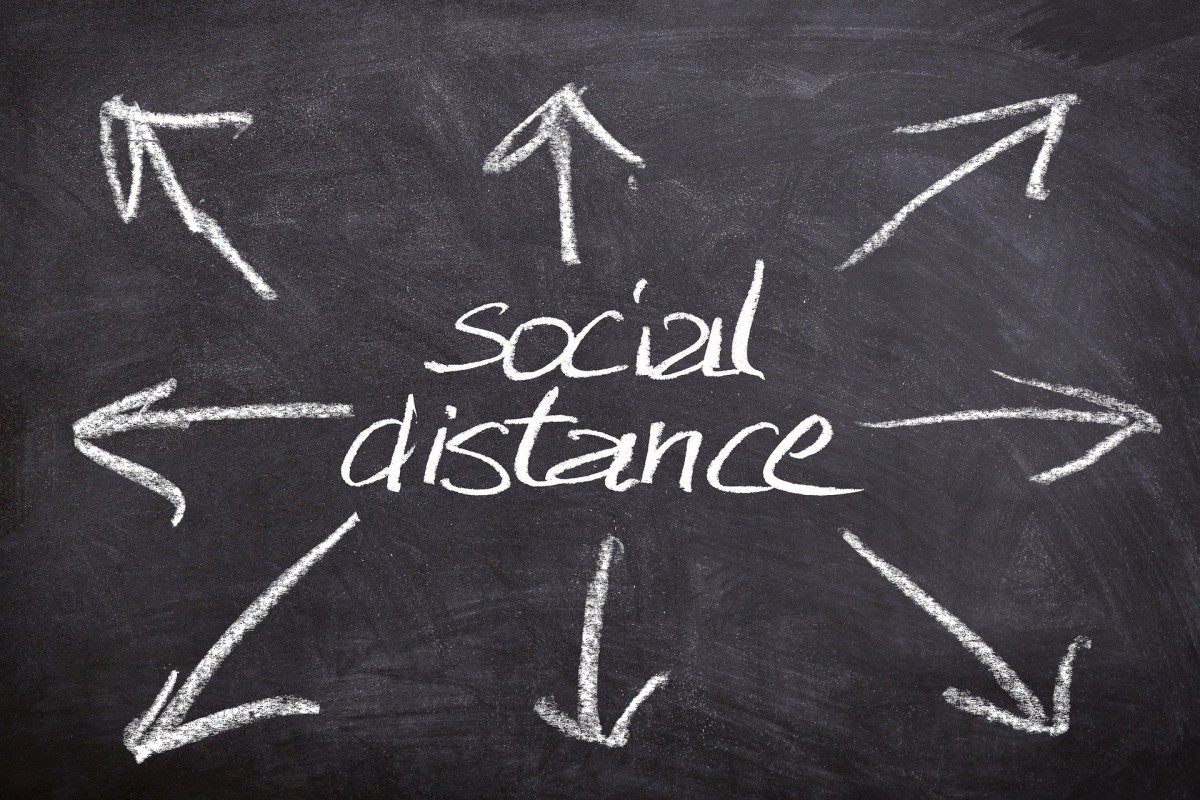Stay connected: How to stay positive and productive without leaving home

To prevent the spread of novel coronavirus, staying home and avoiding physical contact — strategies that are known as “social distancing” — are among the best ways to keep one another safe.
In some senses, it’s a paradox: As a society, we protect one another by forgoing certain types of social contact, from gatherings to family visits, workplaces and classrooms. The quick shift to working, studying and socializing remotely can take some adjustment.
“Many people will need to rearrange how they work and socialize, but how we react to these changes can vary from person to person. Everyone is different and some may find the changes disturbing, while others may embrace them,” explained Binghamton University Psychology Professor Meredith Coles, director of the Binghamton Anxiety Clinic.
Very social individuals — the extroverts among us — may want to consider planning regular interactions with others ahead of time. If you’re less social in nature, feel free to grab a favorite book and enjoy.
“What is important is to pay attention to your own needs and try to figure out how to meet them,” she said.
Maintain social connections
The term “social distancing” can be somewhat misleading. While we are maintaining our physical distance and staying at home as much as possible, that doesn’t mean that we need to emotionally or socially disconnect from one another.
Technology offers a wide variety of ways to keep in touch with friends, family and coworkers. Video-calls and video-conferencing are great options not only for attending work meetings and other appointments, but can offer possibilities outside the work environment.
Group texts, Snapchat, Instagram, Facetime, multiplayer games: A wide range of platforms are available. Explore different methods, but keep your focus on the person you’re connecting with, rather than the technical limitations, Coles advised.
Whatever way you connect, one basic rule remains unchanged: Be kind.
“Think about the other person’s perspective and cut them a break. We don’t know what they are going through or how hard this situation is for them,” Coles explained. “Taking time to listen and act with kindness can make a big difference.”
If all of your conversations center around coronavirus, beware: “Research has shown that getting stuck focusing on problems, either by yourself or when talking to others, can increase anxiety and negative mood,” Coles said. Take stock of how much time you spend discussing the virus and see if you talk about other topics instead, for at least part of that time.
Stay positive
Even while we connect remotely, it also pays to keep busy and try to make the current situation as positive as possible. Coles recommends asking yourself a few questions:
- Are there activities or tasks you wished you had time to do?
- Can you tackle them now?
- Are there meaningful activities you can take part in?
Options abound, from knitting scarves for charity and sewing face-masks for donation to local hospitals to interviewing family members over the Internet to create a family history book or home movie to making holiday presents early. Or just kick back and enjoy the time off — knowing that you’re doing the right thing by staying inside and keeping others safe.
Working from home
Binghamton University professors have made a quick pivot to distance-learning, an adjustment for students and faculty alike. Coles is making that transition herself and teaching online classes for the first time. She offers these strategies for those who find themselves working from home:
- Set up a designated work space. It doesn’t have to be fancy. Simply gather what you need in a convenient location.
- Create a schedule. “Routines create a sense of stability and control, which can reduce anxiety,” she said.
- Recognize your new flexibility. While maintaining routine is important, life circumstances — childcare, for example — may require a new flexibility. That can actually work to your advantage. You can pause to play with your child or even sneak in a quick nap, and work at other times outside of your usual schedule.
- Be kind to yourself. “The transition to working from home is just that: a transition. Give yourself some time to get situated,” Coles recommended.
“Here’s to hoping we are all back in our ‘real’ offices before we know it,” she said.

